Introduction
With the success of the EE Canberra and the EE Lightning the decision was taken to develop a mach 1 medium bomber capable of carrying the re-designed smaller Skybolt nuclear standoff missile.
Controls
AG1 for re-heat
AG2 for bomb bay
AG3 for brake 'chute
AG4 for airbrakes
AG7 for nav lights
VTOL dn for slats
TRIM for elevator trim
Pictures





Specifications
General Characteristics
- Created On Windows
- Wingspan 39.8ft (12.1m)
- Length 64.0ft (19.5m)
- Height 17.8ft (5.4m)
- Empty Weight 41,375lbs (18,767kg)
- Loaded Weight 59,245lbs (26,873kg)
Performance
- Power/Weight Ratio 2.503
- Wing Loading 52.4lbs/ft2 (255.6kg/m2)
- Wing Area 1,131.6ft2 (105.1m2)
- Drag Points 3658
Parts
- Number of Parts 1055
- Control Surfaces 0
- Performance Cost 4,584

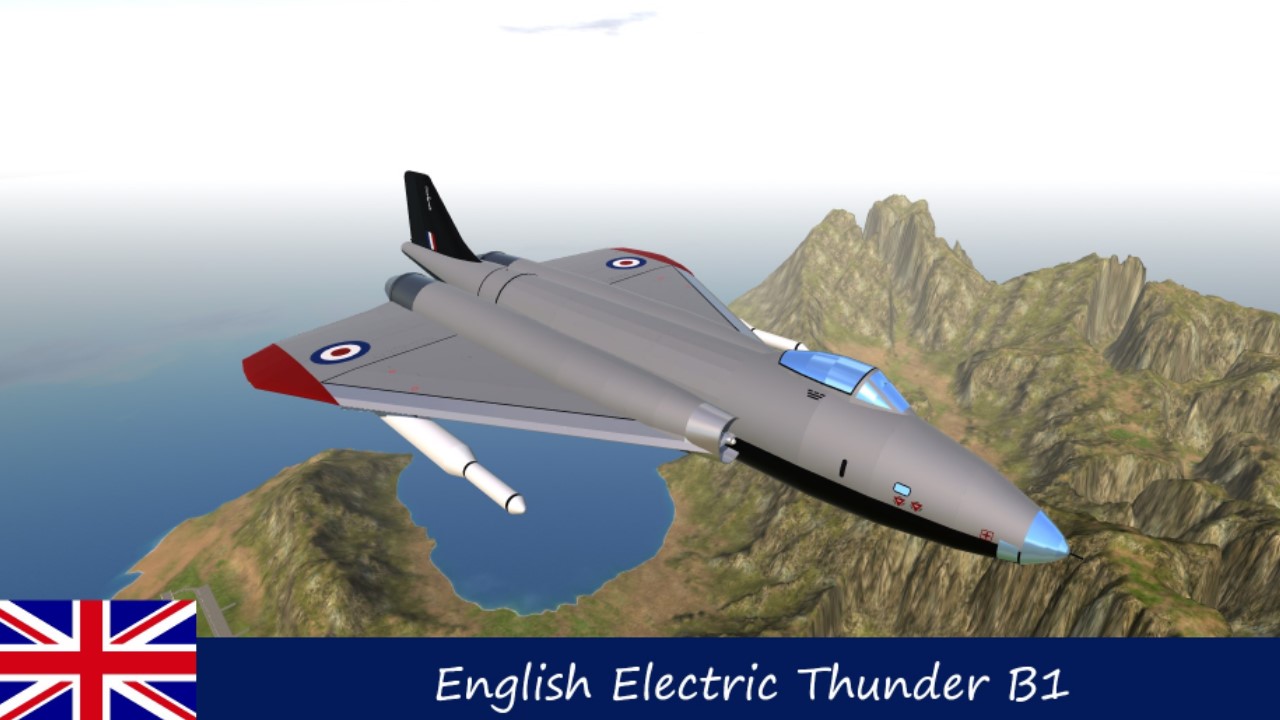
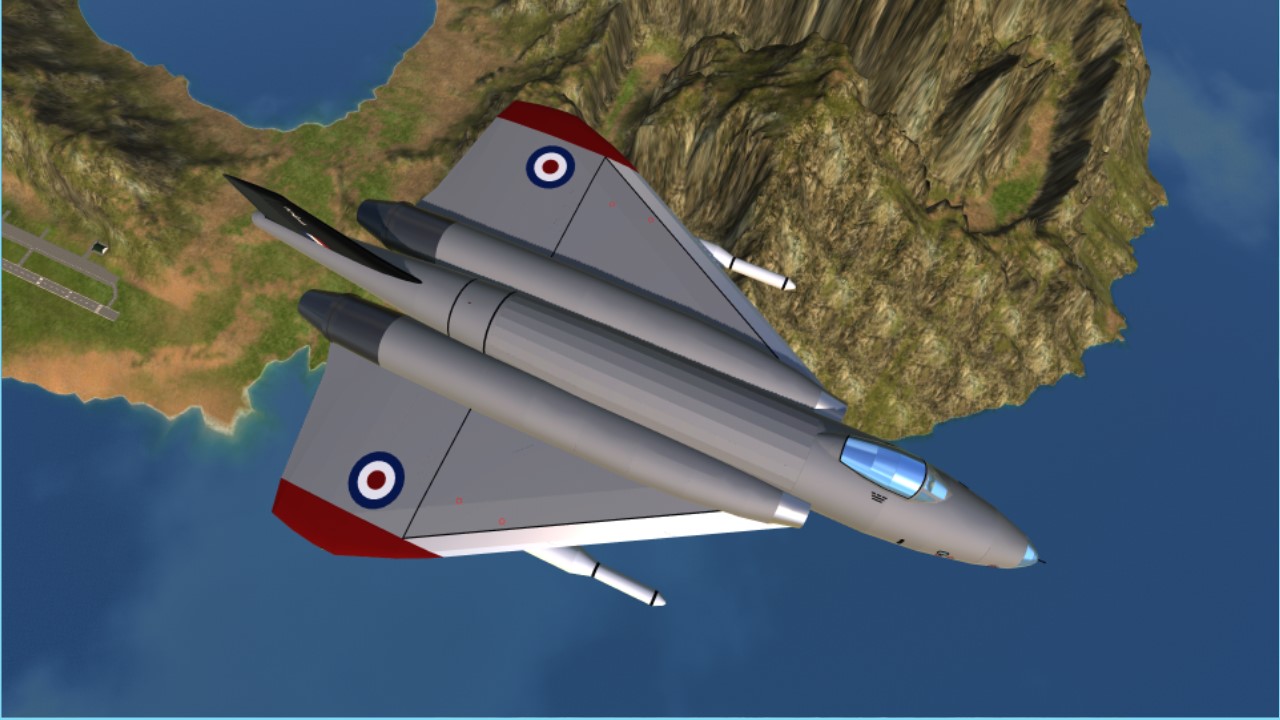
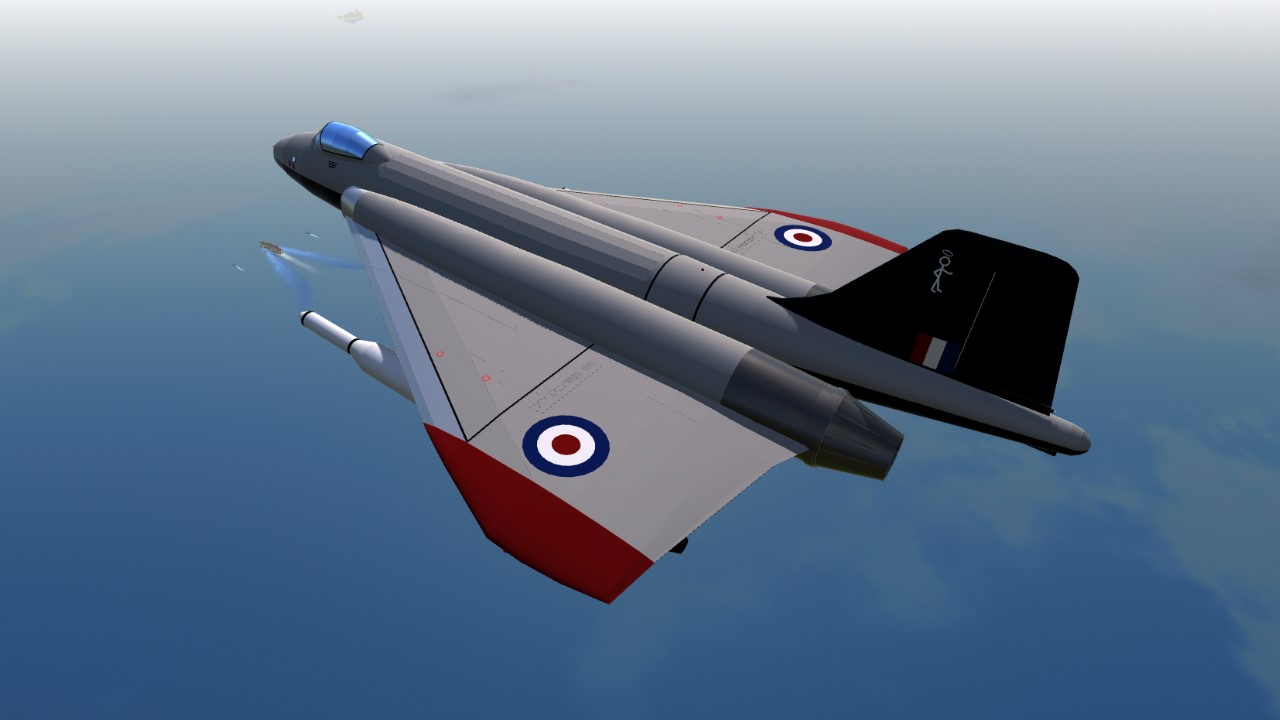

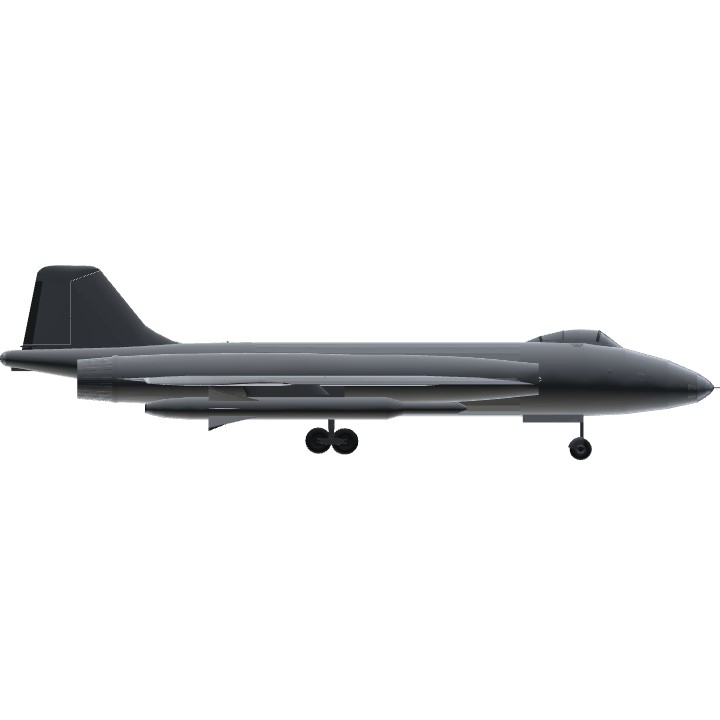
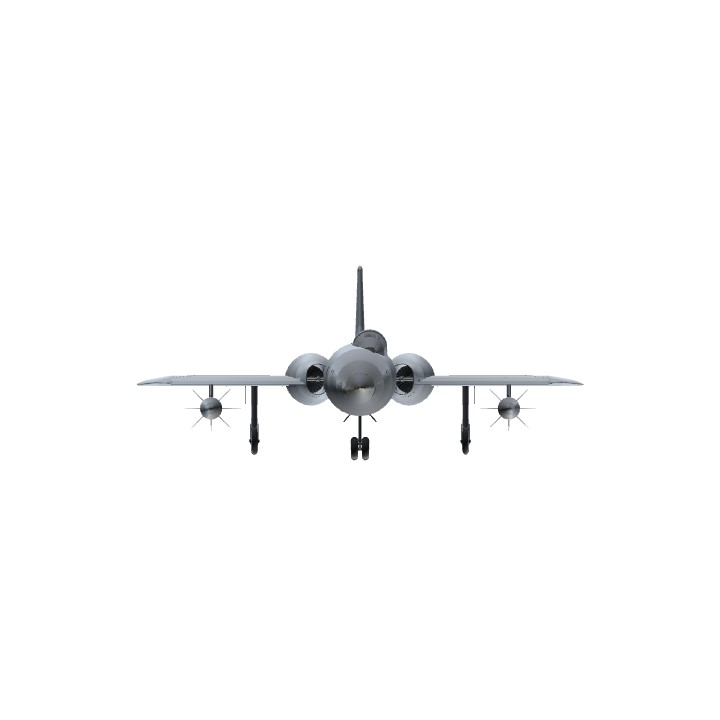
@ChiChiWerx I'm in no rush, I'm more than happy to wait. I was just going to use those parameters really, so reduce movement of pitch and trim. I will just alter the code for my roll rotators as well (I'm sure even I can switch out pitch for roll)
I don’t think the formula pasted correctly. I can copy and paste it to you on my PC via Discord, if you can wait a couple of days as I’m on the road right now. Until then, what parameters would you like for your control surfaces?
@ChiChiWerx well im trying to use that formula on my latest build but it doesnt appear to work, if i have the control surface set on pitch it moves, copy and paste the formula into the input field and the control surface is frozen? Any ideas? Thanks in advance
You can have the rotators move the flaps at a higher deflection when under speed. And by flaps I mean the mini wings inside the fuselage@ChiChiWerx
@ChiChiWerx Cool, thanks for that formula i will give it a go on my next fast aircraft. My maths is limited to plugging figures into given formulas and the like. I did structural mechanics as part of my degree and I do use a lot of that during my day to day job but as you say the syntax and formulation are definately the hardest bit and i dont have any background in using these type of commands, thus im starting right at the beginning of FT. On top of that it still seems like a specialist subject without a "dummies guide" to follow to get the hang of the basics.
I have gathered a few useful commands (mainly from Jamesplanes), you probably already have them but it never hurts to share =)
for doors that are shut then open to let gear up then shut again.
abs(rate(smooth(GearDown, 0.5)))
for doors that delay retract i.e already down.
clamp01(smooth(-GearDown, 1.0))
Engine 5% startup
((0.95 * Throttle) + 0.05) * (IAS / TAS)
Oof@RamboJutter
@RamboJutter just doing the FT formula on a single rotator wold be much simpler. The trick to FT is to think of any rotator’s output as a range of -1 to 1. An unmodified rotator will simply translate an input from say, pitch, as 1 for full aft stick, 0 for neutral and -1 for full forward stick. If you would like to modify this output based on your aircraft’s speed, you can write a formula that takes your speed and decreases the output to the rotator. You can visualize the new output the same way you would graph a geometry formula. Here’s a formula that I’ve used in the past to half the output of a rotator to make it less effective beyond a certain speed, in this case, 33% less effective beyond 335 m/s: clamp(Pitch+Trim,-1,1)(1-clamp01(floor(TAS/335))0.33)),-1,1). The hardest part, TBH, is usually the syntax; you know what you want to do, but getting the phrasing right is sometimes a bit tricky.
@Diloph I wish. I work in construction unfortunately...
Imma say it... work for an aircraft company! DESIGN PLANES! there brilliant
OFFSET COCKPIT
BOTTOM TEXT
@ChiChiWerx probably possible but I'm no use on funky trees etc. I was wondering about stacking rotators so, for instance; the first rotator operates normally the second rotator operates in the opposite direction when speed exceeds (a speed figure here). The second rotator would be 75% of the movement of the first. No doubt there will be a simpler way but the magic fir this method may be simpler?
You know, I’ve actually started a remaster of my most popular build and reading up on that jet, the F-100, there was a limiting system to prevent over controlling at high speeds. I’m wondering if some clever coding in FT might enable us to rotate and takeoff at lower speeds, but prevent unrealistic maneuverability at higher speeds.
@ChiChiWerx thanks 😊. The takeoff speed is due to the twin wheels and my inability to let them rotate around the uc leg without screwing up the retract mechanism etc. Plus a certain amount of mass is required forward of the wheels to stop over manoeuvreability (I.e. I messed up with the flight model/wing/wheel positions but by the time I found out it was past the point of no return)
Your builds are so much fun. Also, those Skybolts are fantastic! Little known fact: The EE Thunder was overshadowed by its Lightning stable mate, only a single squadron of 12 aircraft was ever fielded, but during initial ops at RAF Akrotiri, the type’s extremely high takeoff speed led to a number of takeoff incidents and rapid withdrawal after only 2 years.